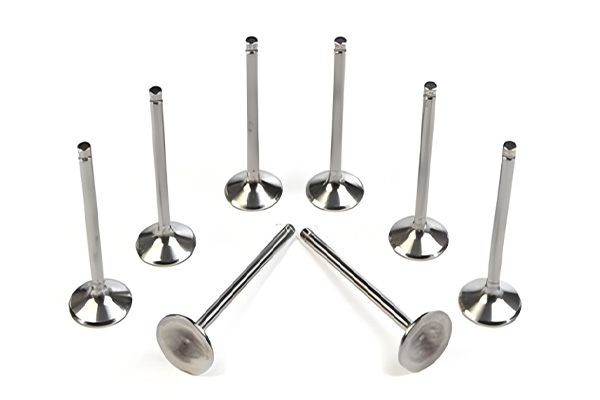Exhaust valves play a critical role in engine performance, ensuring efficient expulsion of combustion gases. Whether you’re a car enthusiast, mechanic, or someone looking to replace a faulty valve, understanding how exhaust valves work and how to choose the right one is essential.
In this guide, we’ll cover:
✅ What an exhaust valve does
✅ Common types of exhaust valves
✅ Signs of a failing exhaust valve
✅ How to choose the best exhaust valve for your vehicle
✅ Maintenance tips to extend valve life
Let’s dive in!
What Is an Exhaust Valve?
The exhaust valve is a crucial component in an internal combustion engine. It opens to release burnt gases from the combustion chamber into the exhaust manifold, then closes to allow fresh air-fuel mixture for the next cycle.
Key Functions:
✔ Releases exhaust gases – Prevents pressure buildup in the cylinder.
✔ Maintains engine efficiency – Ensures smooth operation and optimal fuel combustion.
✔ Reduces emissions – Helps in directing harmful gases to the catalytic converter.
Types of Exhaust Valves
Different engines require different types of exhaust valves based on material, design, and performance needs.
1. Poppet Valves (Most Common)
- Used in most gasoline and diesel engines.
- Made from heat-resistant alloys (stainless steel, titanium).
- Features a stem and a disc that opens/closes with camshaft movement.
2. Sleeve Valves
- Rare in modern engines but used in some vintage models.
- Operates via a sliding sleeve instead of a traditional valve mechanism.
3. Rotary Valves
- Found in high-performance and racing engines.
- Rotates to open/close exhaust ports, reducing friction.
4. Titanium Valves
- Lightweight and durable, ideal for high-performance engines.
- Resistant to extreme heat but more expensive.
Signs of a Failing Exhaust Valve
A faulty exhaust valve can lead to engine misfires, power loss, and increased emissions. Watch for these symptoms:
🔴 Reduced Engine Power – Poor valve sealing decreases compression.
🔴 Loud Ticking Noise – Worn-out valve lifters or improper clearance.
🔴 Excessive Exhaust Smoke – Oil or fuel burning due to valve leakage.
🔴 Check Engine Light – Faulty valves trigger engine error codes (e.g., P0300 misfire).
🔴 Poor Fuel Economy – Inefficient combustion due to valve issues.
How to Choose the Right Exhaust Valve
Selecting the correct exhaust valve ensures engine longevity and performance. Consider these factors:
1. Material
- Stainless Steel – Affordable, good for standard engines.
- Titanium – Best for high-performance engines (lightweight, heat-resistant).
- Inconel – Used in turbocharged and racing engines (extreme heat resistance).
2. Valve Size & Design
- Match OEM specifications (diameter, stem length).
- Performance engines may require larger valves for better airflow.
3. Compatibility
- Check your vehicle’s make, model, and engine type.
- Consult repair manuals or a trusted mechanic.
4. Brand Reputation
- Stick to reputable brands like Ferrea, Manley, Del West, or OEM suppliers.
- Avoid cheap, low-quality valves that may fail prematurely.
Maintenance Tips for Longer Valve Life
✔ Regular Oil Changes – Prevents carbon buildup on valves.
✔ Use Quality Fuel – Reduces deposit formation.
✔ Inspect Valve Clearance – Adjust as per manufacturer specs.
✔ Avoid Overheating – Ensures valves don’t warp or crack.
Final Thoughts
Exhaust valves are vital for engine efficiency and performance. Whether you’re repairing or upgrading, choosing the right valve material, size, and brand ensures reliability.
BESQO Marine offers a full range of engine exhaust valves compatible with major brands, backed by fast global delivery and technical support. Contact us to get the right solution for your engine system.
